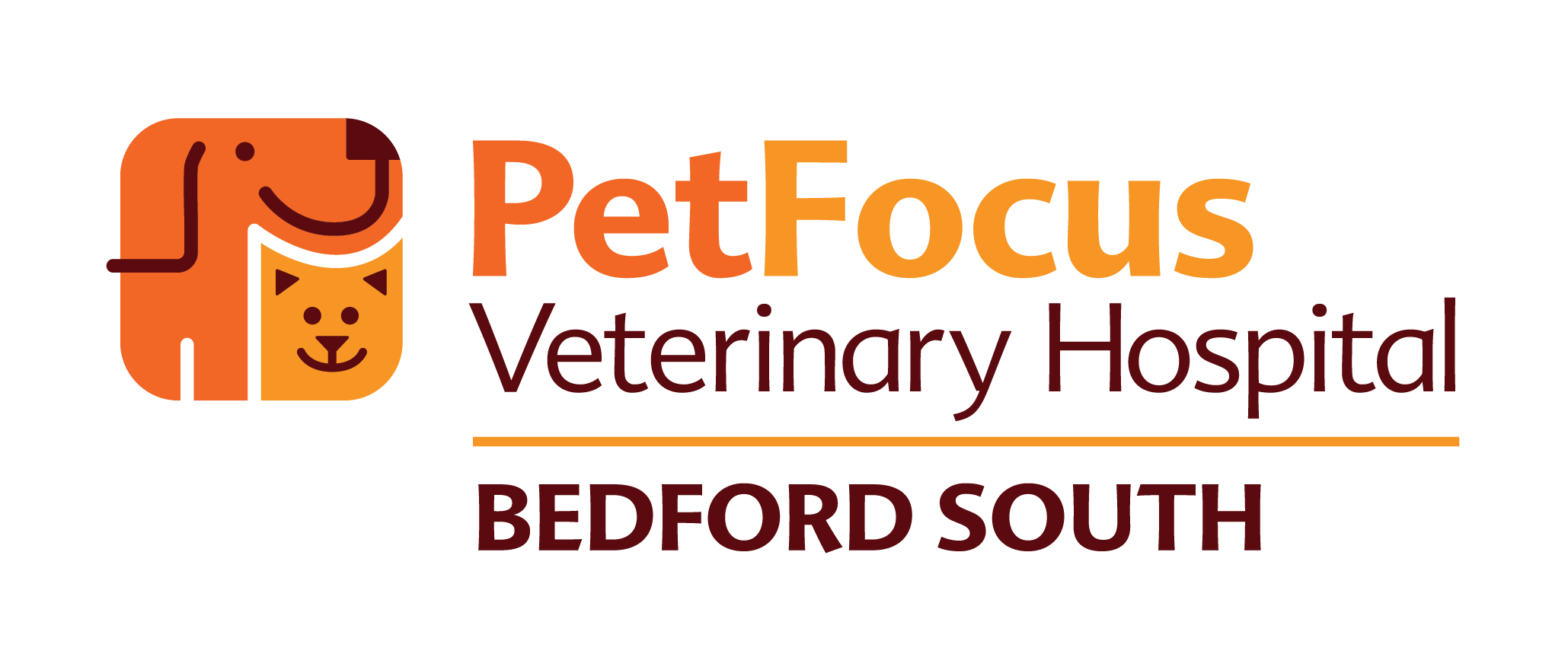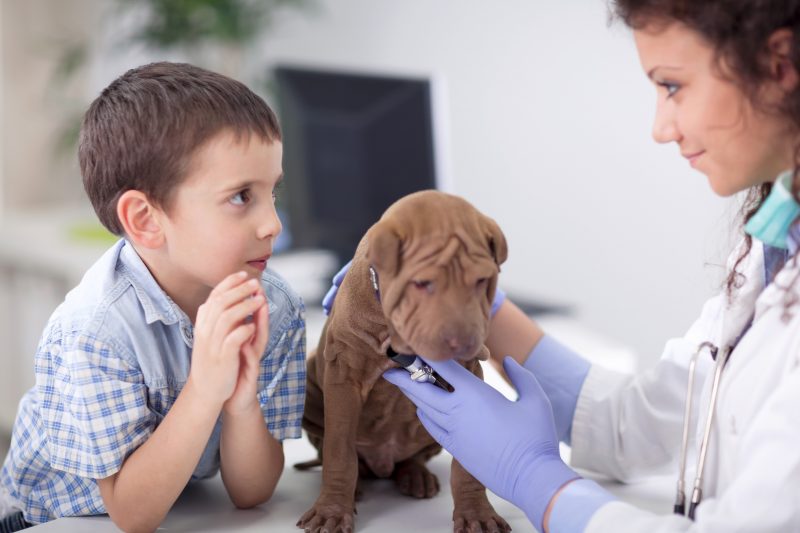Do you think it might be time to spay or neuter your furry friend? Are you on the fence as to whether or not it’s the best move for them? Before making any decision weigh out the pros and cons so you can be confident in the decision you make.
Ovariohysterectomy AKA “spay”
Is a sterile surgical procedure used to remove both ovaries and the uterus.
The Positives:
- Removes the risk of pregnancy and overpopulation.
- Cleaner and calmer pet – she will no longer attract males, no bloody discharge when in heat, and they tend to be more gentle and affectionate.
- Keeps them healthier – they tend to have fewer health problems. Without these organs infections and cancer of the reproductive tract are no longer a concern, it also lowers the risk of breast cancer.
The Negatives:
- Sterilization – she will no longer be able to become pregnant, but with overpopulation being of such concern, this isn’t a bad thing.
- Weight Gain – they can have a tendency to gain weight, just monitor and ensure adequate exercise.
Castration AKA “neuter”
A surgical procedure to remove the testicles.
The Positives:
- Removes risk of impregnating another dog.
- Cleaner and calmer pet – no longer feels the need to “mark”, seek out females, easier to get along with and typically don’t get involved in as many fights.
- Keeps them healthier – fewer health problems, no longer at risk for testicular cancer.
The Negatives:
- Sterilization – if you intend to breed don’t have them neutered.
- Change in Appearance – testicles will no longer be there, this is only cosmetic but implants are an option if the is a problem.
- Weight Gain – they have a tendency to put on weight but monitor diet and ensure adequate exercise.
Recent research shows spaying and neutering early (before age one) may increase the risk of certain orthopaedic problems in large breed dogs. Post-surgery the production of hormones is interrupted which affects bone growth. If bone growth plates close early problems such as hip dysplasia and CCL tears may result. With these dogs, there really isn’t a set in stone answer so have an honest talk with your veterinarian before deciding what’s best for your dog.
Both of these procedures are performed under a general anaesthetic and both involve an incision. By spaying and neutering your pets we can save millions of dogs and cats that each year land in shelters unable to find a furever home and end up being euthanised.
Written by Bedford South Veterinary Hospital



